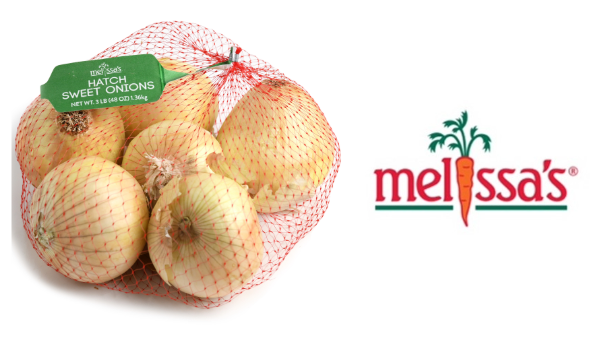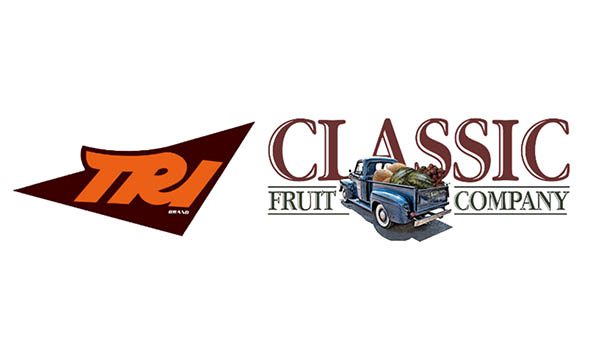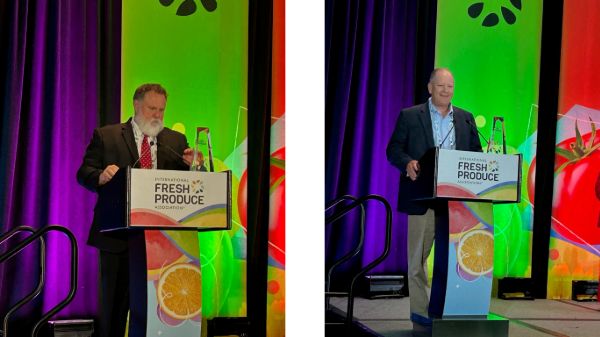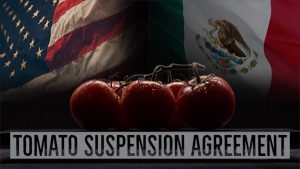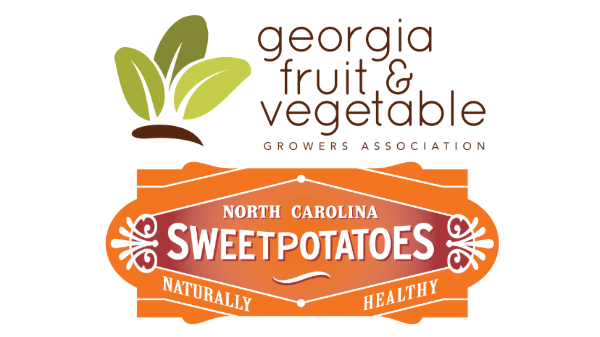Welcome to Blue Book!
Are you ready to join the thousands of companies who rely on Blue Book to drive smarter decisions? View our plans and get started today!
Still have questions? We’d love to show you what Blue Book can do for you. Drop us a line– we’ve been waiting for you.

Trade with confidence... every time.
Blue Book’s real-time alerts help you stay up to speed with everything in the produce industry

Trade with confidence... every time.
Blue Book’s real-time alerts help you stay up to speed with everything in the produce industry

Trade with confidence... every time.
Blue Book’s real-time alerts help you stay up to speed with everything in the produce industry

Trade with confidence... every time.
Blue Book’s real-time alerts help you stay up to speed with everything in the produce industry

Trade with confidence... every time.
Blue Book’s real-time alerts help you stay up to speed with everything in the produce industry

Trade with confidence... every time.
Blue Book’s real-time alerts help you stay up to speed with everything in the produce industry

Trade with confidence... every time.
Blue Book’s real-time alerts help you stay up to speed with everything in the produce industry
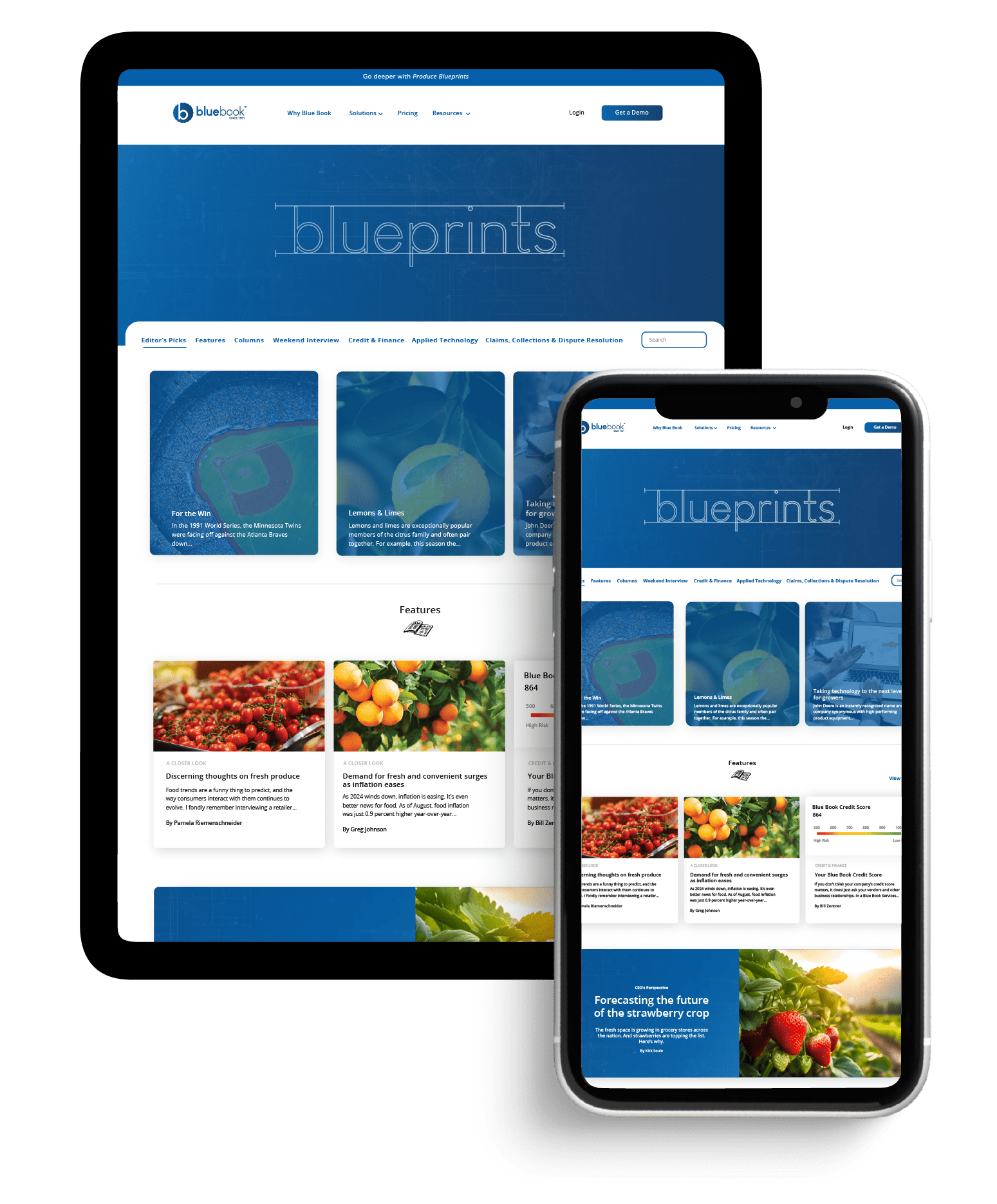
News you need.
Join Blue Book today!
Get access to all the news and analysis you need to make the right decision --- delivered to your inbox.
What to read next
Melissa’s now offers Hatch Sweet Onions
Hatch Season may not officially begin until late July, but Melissa’s Hatch Sweet Onions offer retailers a flavorful head start.
AFF plans annual farm tour for August in Salinas Valley
The Alliance for Food and Farming’s 2025 Safe Fruits and Veggies Farm Tour will take place from August 4-6 in the Salinas Valley.
Classic Fruit gains Fair Trade USA certification for Guatemala melons
Classic Fruit announces its new Fair Trade USA Authorization for their offshore melon operations at Classic Guatemala.
IFPA rallies industry to ‘Fight for Fresh’ at The Washington Conference
IFPA rallied members to champion public health, economic vitality, and global trade through the power of fresh at The Washington Conference.
CEA group calls for stable tomato market
Tom Stenzel, Executive Director of CEA Alliance, said members “strongly support renegotiation of the suspension agreement."
Five State coalition demands transparency on USDA’s farm wage rate determination
The GFVGA and the NCSC have assembled a five state, 30 organization coalition with the unified mission of filing a FOIA request with the USDA
Subscribe to our newsletter
© 2025 Blue Book Services. All Rights Reserved

